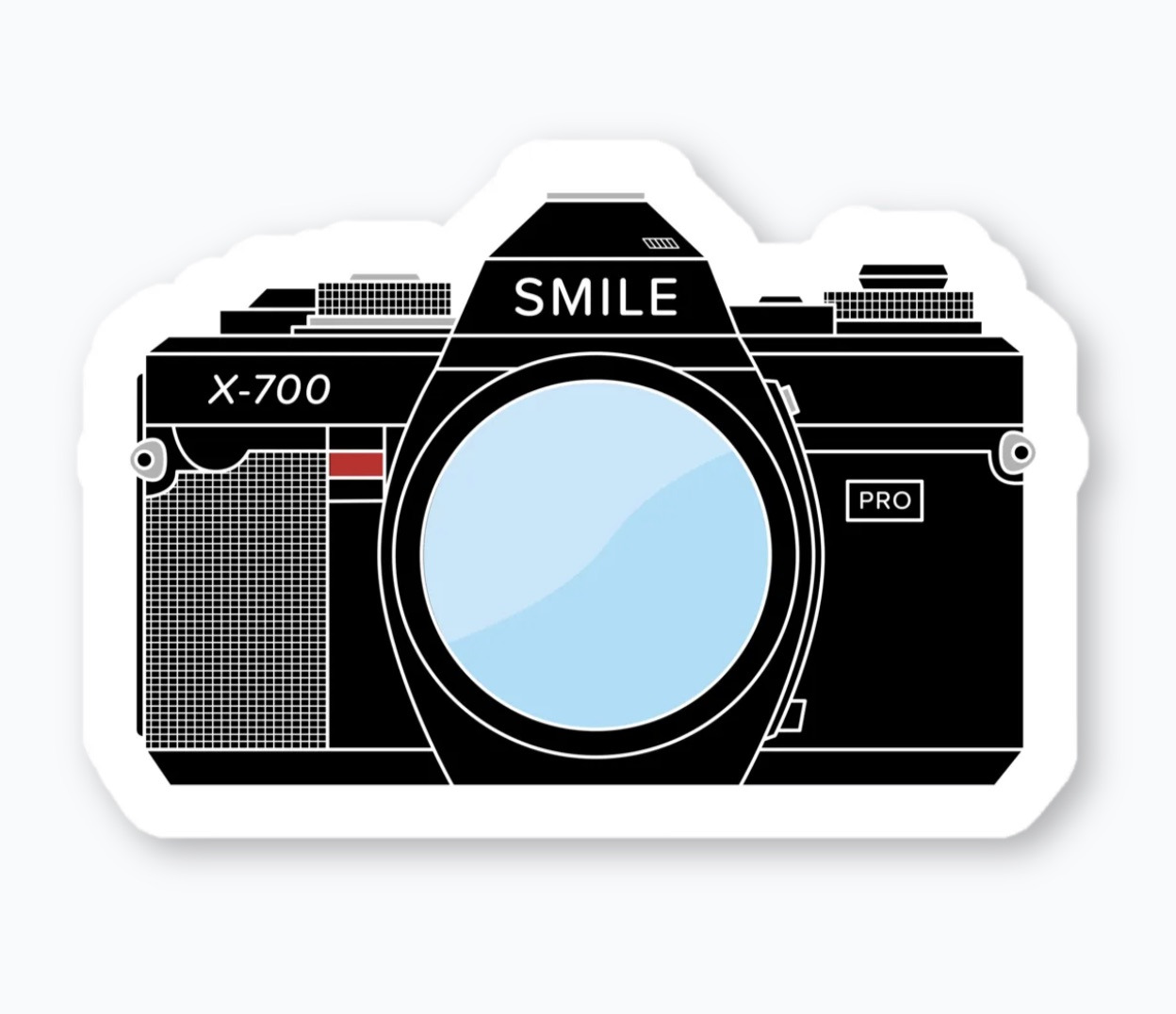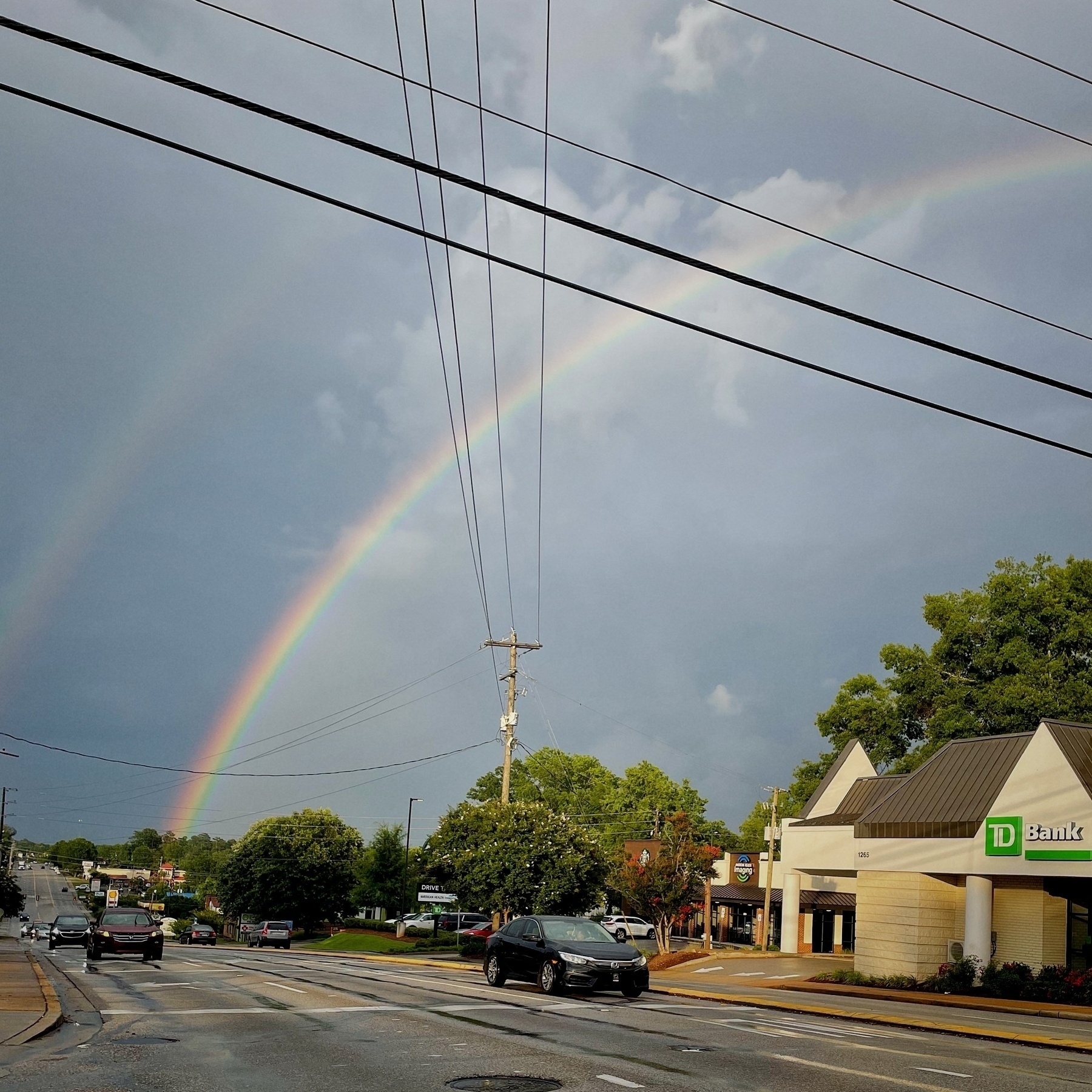We got some breakfast Hot Pockets and they no longer ship with a paper “crisper” sleeve, instead recommending an air fryer for a crispier crust.
- A hot pocket fresh out of the air fryer is indeed crispy, but;
- It takes 15 minutes! Not exactly a quick breakfast anymore.
Excited that Cotton Bureau has finally added custom stickers. I added a few sticker designs, including my old film camera stickers.

Me: I really need to wrap up this paper on deprofessionization in the design industry so I can move on to working on my dissertation.
Also me: Digging FOUR papers out from past classes that I never did anything with and revisiting them.
Waking up to big F1 news. Christian Horner out at Red Bull. I guess losing to Nico Hulkenberg at Silverstone was the last straw. Is Max now more likely to leave for Mercedes? Less likely?
SbB Emote: A colorful faux emoji set built in Fontstruct
I built a set of adorable icons on Fontstruct.
Adobe's Project Indigo a home run in tough lighting
A quick comparison of two shots at a baseball game show the promise of Adobe’s computational camera app.
Fireflies baseball. A beautiful night to catch a minor league game.

My dad randomly asked me if I wanted the typewriter my grandparents bought him when he graduated college. He used it in seminary and his first call. Uh, YES! So I now have a Royal Safari manual typewriter. Seems to work well. Just need a new ribbon.

Watched the entire Cubs game today… 8 home runs. This team is fun to watch. Can’t wait to see them in person later this month.
Watching Cubs v. Cardinals on Apple’s Friday Night Baseball, which is actually on Friday afternoon for July 4. PCA with a great diving catch in the first inning. ⚾️
We’ve reached the part of summer break where one of my kids has decided they want to learn how to make bread.
Embracing old tools in new ways + two new Fontstruct designs
Experimenting with new features in Fontstruct, Photoshop, and Glyphs has inspired the creation of two new font designs, SbB Vertica and SbB Roundabout.
Happy Bobby Bonilla Day! Yep, the Mets are still paying him and will be until 2035.
Enjoyed this beautifully art directed and illustrated meditation on AI and art. Take a few minutes and spend some time with it.
My son wanted to play video games with me, so we pulled out the Sega Genesis Mini. All these years later, it’s funny how much I remember from playing Sonic and Streets of Rage II.
This restaurant doesn’t look crowded, but the number of Door Dash drivers coming in and out is substantial. It’s amazing how much these delivery services have changed the restaurant business.
Playing around with Adobe’s Project Indigo camera app. It’s interesting. Similar in goals to Halide’s Process Zero.
Artificial intelligence with a side of seasoned fries
A brief “review” of Bo-Linda: Bojangles AI-based drive-thru ordering system
Just finished my last assignment for my six-week summer class, which means that I only have a couple of independent studies and my dissertation left until I’m Dr. Bob.
Kia’s new EV2 is an adorably small electric SUV. Too bad it’s not coming to the US market. I hate the global perception that US consumers don’t want smaller vehicles.
My wife discovered the hidden yellow jacket nest burrowed in the ground when she steered the lawnmower directly over it. 12 stings later… she’s in a lot of pain. Plus Jilly got one sting rescuing her mom.
There is no better feeling than coming up with the perfect name for your typeface… and discovering it is actually unused.
Saw a double rainbow on my way back from picking up dinner.

Just watched Apple’s “haptic trailer” for the new F1 movie. Very cool effect. (You can find it in the Apple TV App on your phone.)
Thinking about Apple’s new Liquid Glass design… What if Apple used the camera on the back of the iPhone to create an AR passthrough effect like the Apple Vision Pro so it feels like you are looking through the phone? Your iPhone becomes just a sheet of “glass” with an interface overlay?